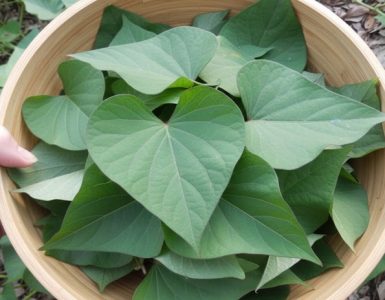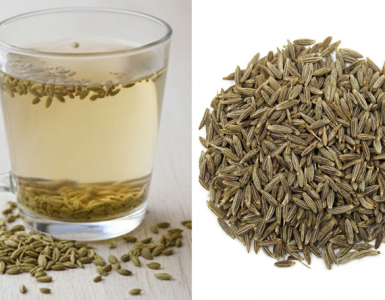Docks, belonging to the Rumex genus, are hardy perennial plants often found in meadows, along roadsides, and in gardens. While they are commonly seen as weeds, these plants have a long history of being valued for their numerous health, culinary, and agricultural benefits. Let’s explore the world of docks and uncover why they deserve a spot in both gardens and kitchens.
Identification and Types of Docks
Docks are easily recognized by their broad, lance-shaped leaves and tall flower spikes. They belong to the buckwheat family, Polygonaceae, and are closely related to sorrel. The most common species include:
Broadleaf Dock (Rumex obtusifolius)
Curled Dock (Rumex crispus)
Sheep’s Sorrel (Rumex acetosella)
Bitter Dock (Rumex obtusifolius)
Nutritional and Medicinal Benefits
Rich in Nutrients
Dock leaves are packed with essential vitamins and minerals, including:
Vitamin C
Vitamin A
Iron
Potassium
These nutrients make docks a valuable addition to a healthy diet, particularly for those looking to boost their immune system or combat anemia.
Digestive Aid
The roots and leaves of certain dock species, like Curled Dock, contain compounds that promote digestion and act as mild laxatives. Dock has been traditionally used to relieve constipation and cleanse the digestive system.
Skin Health
Dock leaves contain tannins and oxalates, which have astringent properties. They are often applied topically to soothe skin irritations, including:
Rashes
Burns
Bug bites
Detoxification
Dock roots are renowned for their detoxifying effects. They stimulate liver function and help eliminate toxins from the body, making them a popular ingredient in herbal detox teas.
Anti-Inflammatory Properties
The anti-inflammatory and antioxidant compounds found in docks may help reduce inflammation, making them beneficial for conditions like arthritis.
Culinary Uses
Leaves
Dock leaves are edible and have a tangy, slightly sour taste due to their oxalic acid content. They can be used in:
Salads: Young leaves add a zesty flavor.
Soups and Stews: Dock leaves provide a spinach-like texture and taste.
Stuffed Dishes: Use dock leaves as wraps for rice or meat, similar to grape leaves.
Seeds
The seeds of docks can be ground into a flour-like consistency and used in baking. Although not commonly practiced, dock seed flour is a nutritious alternative to wheat.
Roots
Dock roots, while not typically consumed as a primary ingredient, are often boiled to create herbal teas or tonics.
Agricultural and Ecological Benefits
1.Soil Health
Dock plants have deep taproots that help aerate the soil and improve its structure. They bring up nutrients from deep underground, making them more accessible to other plants.
2.Forage for Livestock
In some regions, dock leaves are used as forage for animals like cattle and sheep. They provide a valuable source of nutrients, especially during dry seasons.
3.Pollinator Support
Dock flowers attract a variety of pollinators, including bees and butterflies. Their presence can increase biodiversity and improve the health of ecosystems.
Traditional and Modern Uses
1.Herbal Medicine
Dock has been a staple in herbal medicine for centuries. Traditional healers use it to treat skin conditions, digestive issues, and as a blood purifier.
Popular Remedies:
Dock root tea for detoxification
Poultices of dock leaves for skin irritation
2.Dye Production
The roots of certain dock species produce a yellow or reddish dye, which has been historically used to color fabrics.
3.Folk Practices
In some cultures, dock leaves are used in folk rituals to ward off bad luck or as protective charms.
Precautions and Considerations
While docks are generally safe, they contain oxalic acid, which can be toxic in large amounts or cause kidney stones in susceptible individuals. It’s recommended to:
Cook the leaves to reduce oxalic acid content.
Avoid excessive consumption of raw leaves if prone to kidney issues.
Additionally, always ensure proper plant identification, as some Rumex species may vary in edibility and medicinal properties.
Often overlooked as a common weed, docks (Rumex) are versatile plants with numerous benefits. From their rich nutritional value to their medicinal and agricultural uses, docks are a resourceful addition to any garden or natural remedy cabinet. Next time you see this resilient plant, consider giving it a second look—you might just find a new ally in health and sustainability.






Add comment